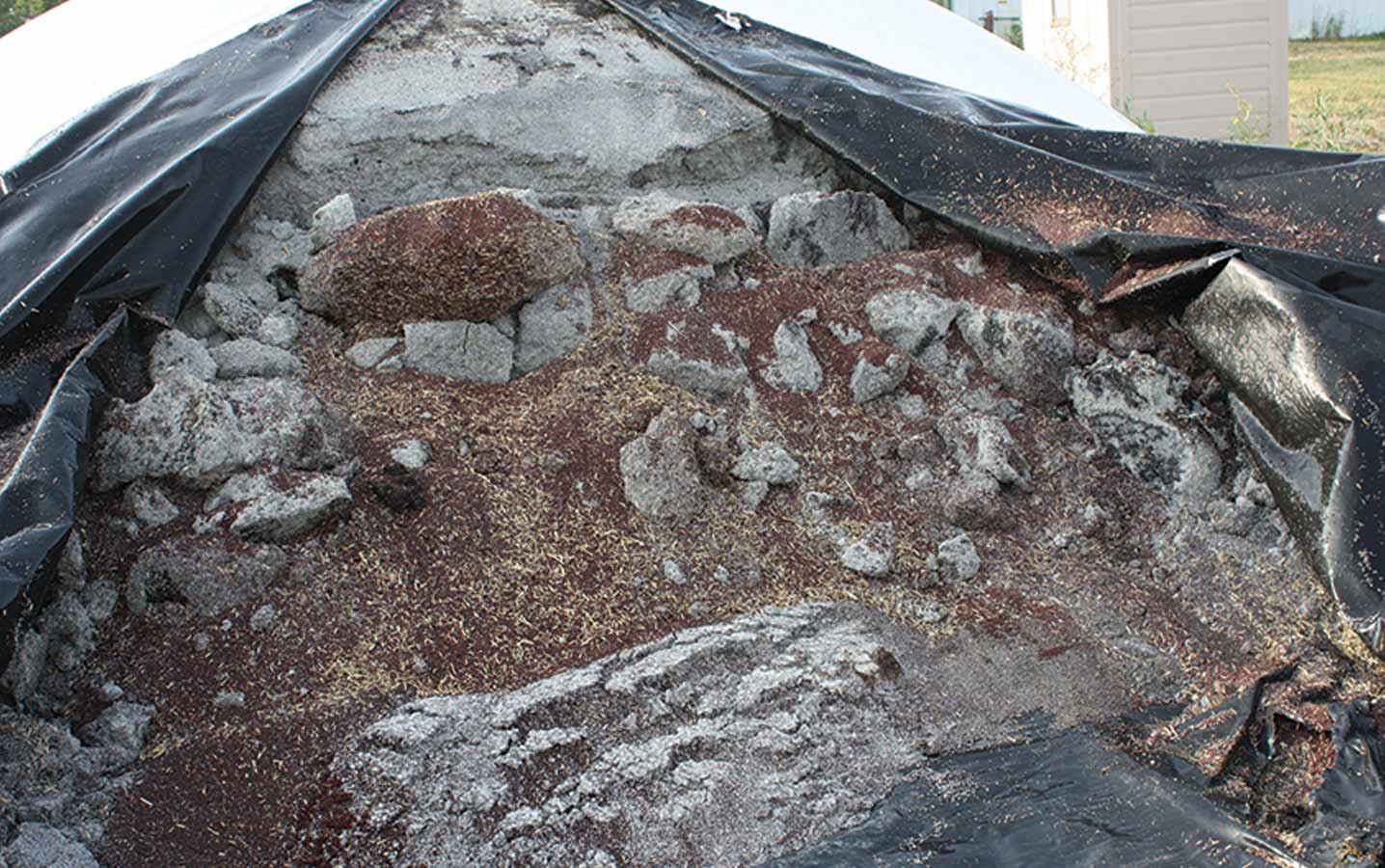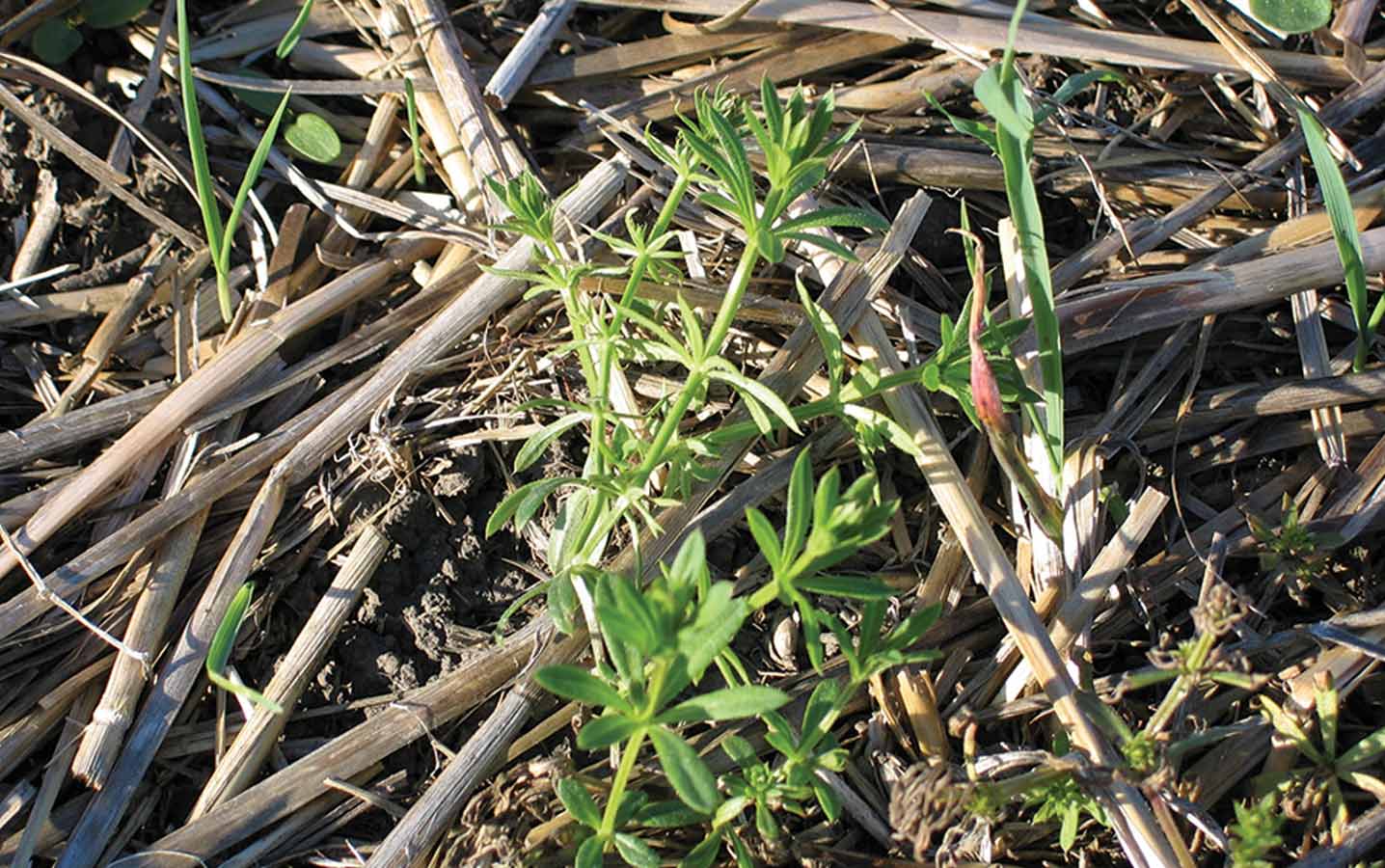Science
Storage bags work best with dry canola

Science Edition 2016—Key result: This research looked at the feasibility of bag storage for canola and the effects on seed quality based on moisture content and length of storage time. Dry canola seeds can be safely stored for six to eight months in bags, but canola at 12 per cent moisture should be stored only temporarily. Project...
Read More





